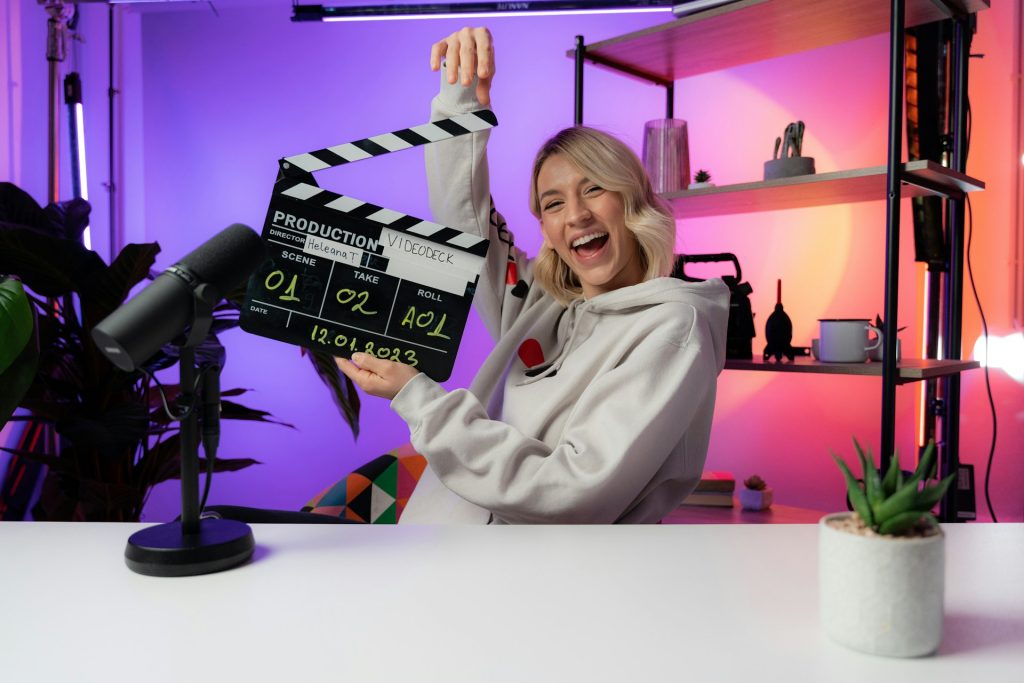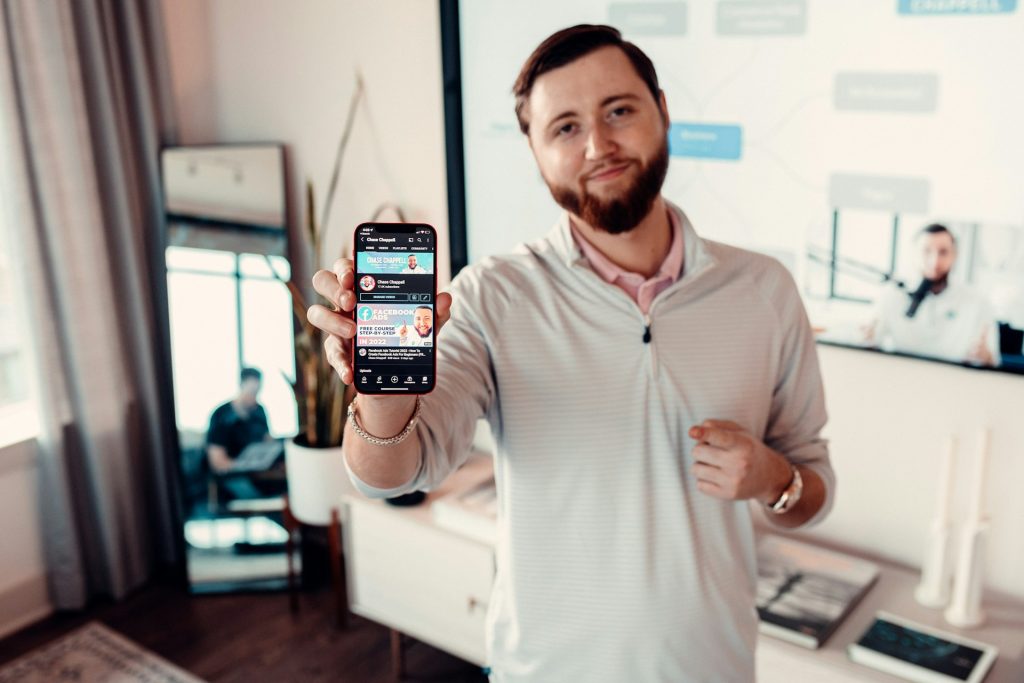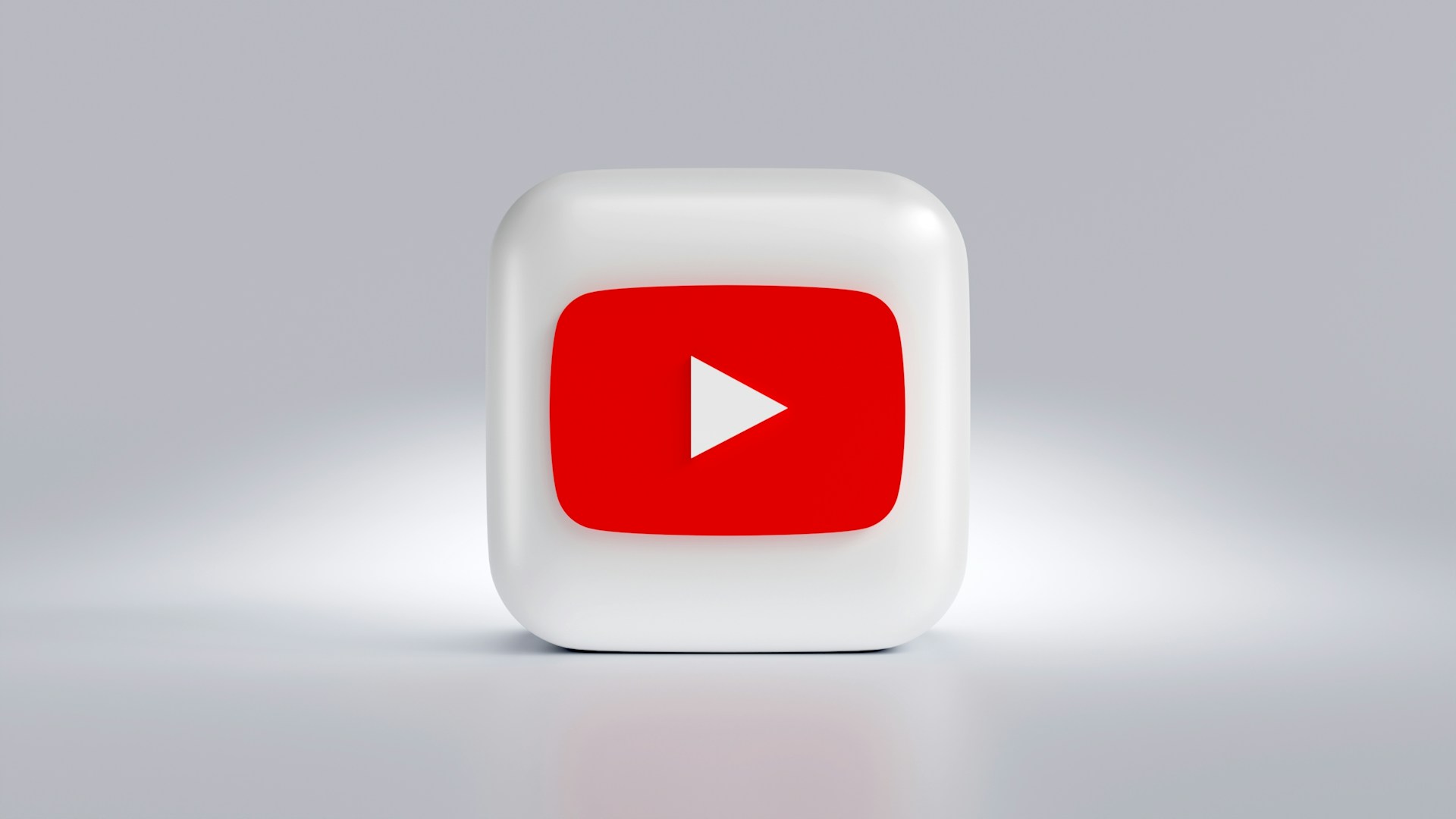Attending a YouTube workshop as a doctor, attorney, or finance expert is a great start. You leave energized, full of ideas about thumbnails, titles, hooks, and pacing. But settling back into your practice or firm often makes it hard to sort out what comes next. Without a clear path, those workshop notes tend to get buried in your inbox or pushed aside for client priorities.
The challenge isn’t about knowing what to do. It’s about translating that knowledge into small, focused actions that help your channel grow. Whether you want new subscribers, better engagement, or channel-driven leads, momentum starts with acting on what you’ve learned, step by step.

The Weekly Video Insider
Subscribe for weekly insider trends and tools for YouTube and Social Video


Defining Clear Goals That Track Growth
If the workshop made one thing obvious, it’s that uploading videos without clear goals leads to mixed or flat results. Growth doesn’t come from guesswork. It comes from focused effort aimed at a specific outcome.
That’s why setting measurable goals is key. Ask yourself what success looks like. Do you want more average views per video? A subscriber base that actually converts into leads? Better click-through performance?
Once those answers are in place, connect them to specific metrics. These are the KPIs to begin tracking regularly:
– Impressions: How often your video is shown in search or recommendations
– Click-through rate: How many people click your video after seeing the thumbnail
– Watch time: Total minutes people spend watching your videos
– Average view duration: Helps evaluate pacing and content structure
– Subscriber growth per video: Tracks loyalty-building content
With this data, you can build a content roadmap that’s driven by progress, not just guesswork. You’ll know what to post and how often, based on the results that matter to your business.

Turning Workshop Knowledge Into an Actionable Strategy
It’s easy to feel energized immediately after a YouTube workshop. You’ve been exposed to tons of valuable insights on editing, pacing, hooks, and ranking factors. But information without structure fades fast. You need a repeatable system, not a set of scattered ideas.
Here’s a way to distill what you’ve learned into a working strategy:
1. Content Planning
Map out 6 to 8 video topics around common client or patient questions. Each topic should solve one specific pain point or address a clear goal. Keep it simple and direct.
2. Platform Optimization
Before posting, line up your title, description, and tags with your target keywords. Use what you learned to create structure, add pacing, and build curiosity without being vague. Your thumbnail should tie into the topic clearly—even if it’s only three words and a bold image.
3. Distribution Strategy
Once the long-form video is live on YouTube, slice that same footage into 3 to 5 vertical clips. These can speak directly to key takeaways and work well on Instagram, Facebook, and TikTok. Each version needs a fast, strong hook and a single actionable idea.
Let’s say you’re a family lawyer. You film a video breaking down “How long does the custody process take?” That 10-minute answer can be trimmed into 15-second reels: one clip on timelines, another on common delays, and another on how to prepare paperwork. Suddenly, that one video lives on four platforms and reaches more people with the same message.




Content Creation and Optimization Tips
Once your structure is set, it’s time to focus on the content that fills it. Strong videos don’t need to be long or complex. The best ones are clear, steady, and personalized for the audience.
If you’re a financial advisor, you might make a short guide explaining top mistakes during tax season. Keep your delivery relaxed. Speak to one person, not an audience. Make it simple and focused. Imagine your viewer watching during a lunch break or late at night. You want to hold their attention, not overwhelm them with details.
After filming, use basic YouTube SEO rules to boost results:
– Put your keyword right into the video title and meta description
– Lead with a hook in the first 30 seconds
– Avoid clickbait but lean into curiosity
– Chunk your video with transitions or questions
– Encourage engagement with calls to action at the end
Each main video should give you 3 or 4 vertical clips. These might spotlight a quote, list a mistake, or share a stat. What works is simplicity—short, insightful moments that feel valuable without full context.
If you’re talking about business structure options for small firms, don’t explain all five in one clip. Post a short that just explains how choosing the wrong one affects taxes. Release that series over a few days across platforms. Now you have more content, higher reach, and faster feedback across Instagram, Facebook, TikTok, and YouTube Shorts.

Tracking Progress and Responding to Back-End Data
Uploading videos doesn’t mean you’re growing a channel. Making the right ones, over time, is what moves the needle. And that effort needs consistent feedback. That’s why weekly back-end tracking is a must.
Start looking at the story the numbers tell you:
– Drop-off points during playback
– Videos with the highest subscriber growth
– Thumbnails with above-average click-through rates
– Clips that get more comments or shares
– Lead generation spikes tied to certain uploads
You’re not tracking for vanity. You’re tracking to sharpen your process. That includes changing video concepts, testing titles, revising your intros, or shifting where you post short clips first.
If TikTok videos hold attention better than Facebook reels this month, change your rollout order. If long-form content falls short after minute two, bring your hook earlier or cut to value faster.
These changes add up. They make your content journey more like an engine and less like a guessing game.



Turning Insights into Long-Term Wins
Most professionals leave a workshop feeling motivated. Few follow through long enough to see real change. But the ones who do? They turn workshop lessons into consistent video habits.
Every decision you make after the session shapes how successful your channel becomes. That includes:
– What topics you choose
– How your title leads into your hook
– The way your video ends
– The actions each clip pushes the viewer to take
When you post with intention, your content starts doing more work. It brings in better leads. It builds relationships. Over time, video becomes more than just a side project. It supports your sales calls and education efforts. It gets mentioned by prospects in your inbox. It fills the gap between marketing and client trust.
This isn’t about big YouTube fame. It’s about making the most of knowledge you’ve already got. That momentum has to be scheduled and supported if it’s going to last. Once workshop thinking becomes embedded in your planning, every video becomes a step toward something bigger. That’s when channel growth starts to feel like it’s on purpose—and driving results that show up across your business.
Ready to turn your team’s video ideas into consistent results? Partner with Acceleratus Media through our expert-led YouTube workshop and build a scalable video strategy that fuels engagement, lead generation, and steady channel growth across platforms like YouTube, Instagram, Facebook, and TikTok.




